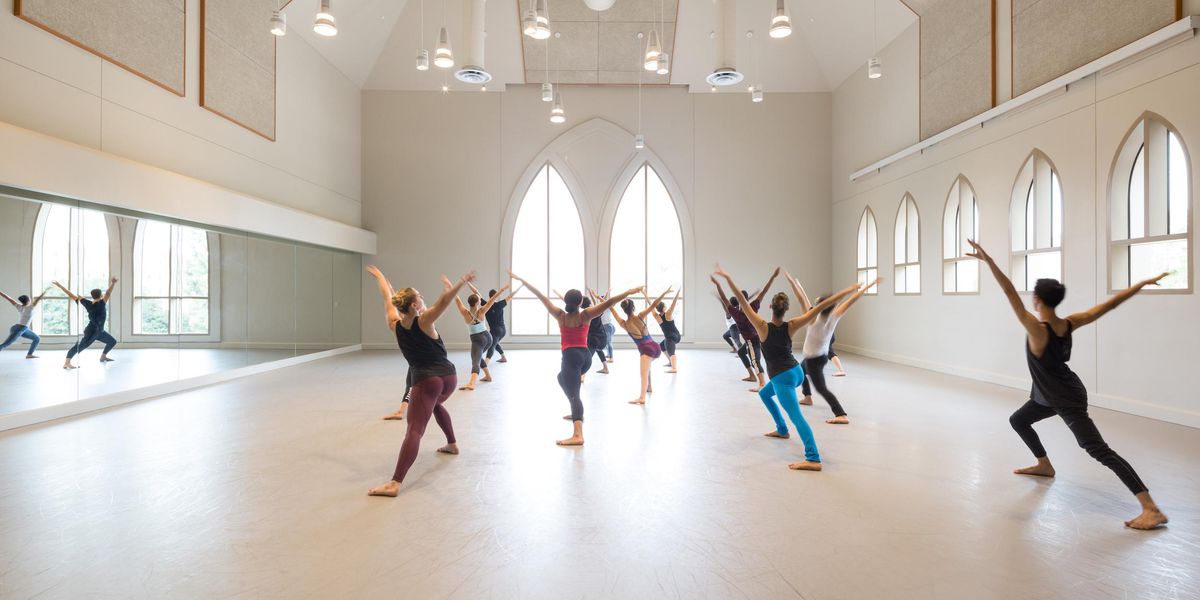What's Going On With Ballet Companies Right Now?
In recent weeks, we’ve seen a series of disappointing news out of smaller ballet troupes in various corners of the country.
First was the announcement that Trey McIntyre Project was disbanding, ostensibly so that McIntyre could spend more time with film and writing. (Though it’s hard to ignore last summer’s CNN kerfuffle and the personal/professional break up with executive director John Michael Schert.) As for his nine dancers, McIntyre says he hopes to use some in freelance projects.
Mixed news came out of Ballet San Jose in quick succession: Just six days after announcing that the company was canceling all Saturday matinees, eliminating some live music and postponing a premiere for financial reasons, we heard that artistic director José Manuel Carreño was expanding the school’s male dancer training with new scholarship opportunities. It seems the company’s major donor, John Fry, has pulled back his giving. Yet the scholarships are a priority Carreño is not willing to sacrifice: BSJ School principal Dalia Rawson says they were built into the school’s budget for 2014–15, and the school will be fundraising to support them moving forward.
Also in the Bay Area, Company C Contemporary Ballet announced it was downsizing to a project-based model starting in May. That marks 13 more dancers whose contracts won’t be renewed next season. While the troupe drew attention for its high profile rep a few years ago—boasting pieces by Twyla Tharp, David Parsons and Antony Tudor—director Charles Anderson’s own choreography seems to have gotten in the way of his company’s success.
Then last week, Minnesota Dance Theatre’s entire board stepped down. They announced that “the organization remains solvent and critically successful” but felt like they were “no longer able to serve the needs of the organization going forward.” An article in the Star Tribune notes that the company has a history of turmoil—former New York City Ballet dancer Charles Askegard became associate artistic director last summer only to resign in November.
So, is there something larger going on here that’s affecting small ballet companies? Or is this just a lot of unfortunate news coincidentally happening all at once?
It’s most likely an impossible question to answer. Each of these four troupes are (or were) facing different kinds of challenges. However, it does make me think of Dance/NYC’s recent corporate funding report: Although corporate donations grew 7.7% from 2009 to 2011 in New York City, that growth was tied almost exclusively to companies with budgets over $5 million. Smaller troupes all reported losses—with those in the $100,000 to $1 million range losing more than 50 percent. Yes, the findings are a couple years old and New York City–specific. But I can’t help wondering if they point to a larger trend. I sure hope not.





